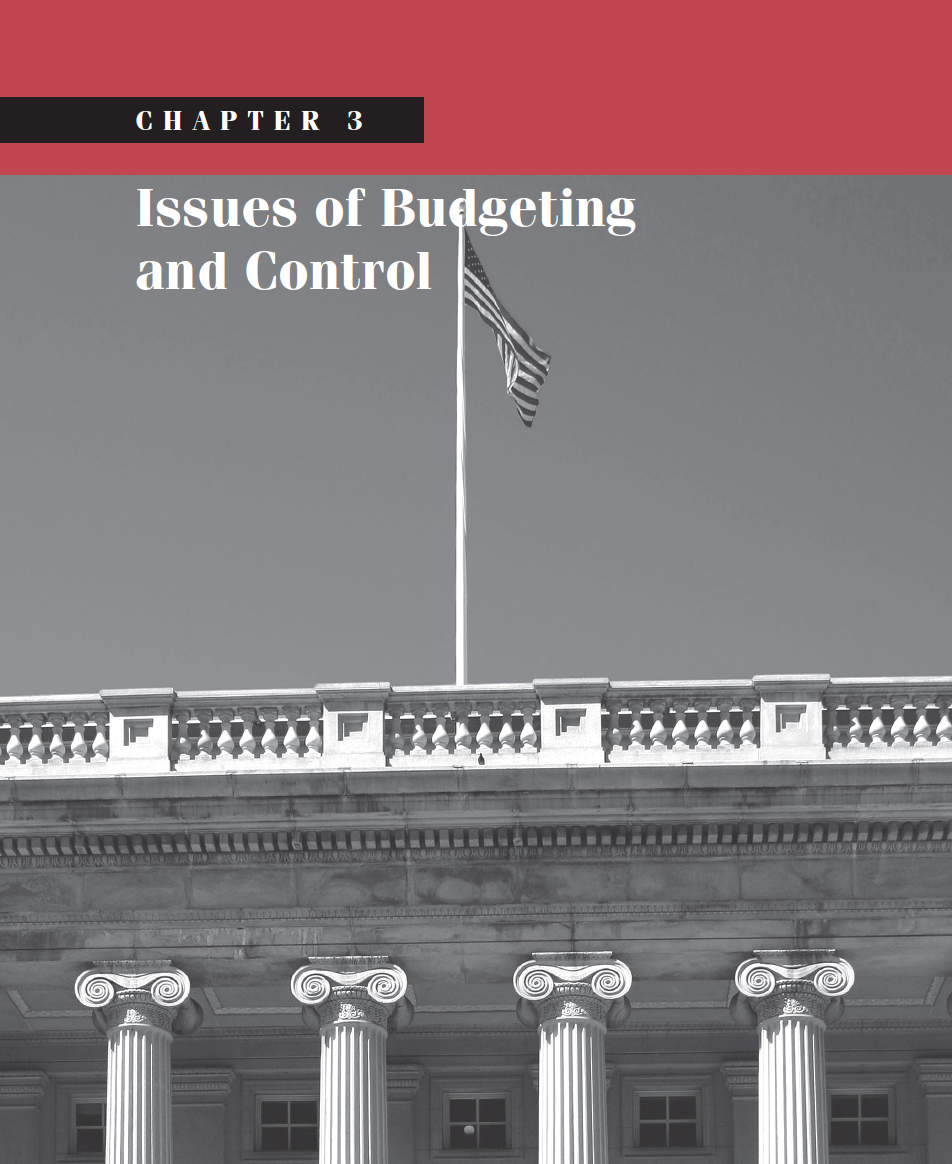
LEARNING OBJECTIVES
After studying this chapter you should understand:
- The key purposes of budgets
- The need for more than one type of budget
- The various ways of classifying expenditures
- The benefits of performance budgets
- The key phases of the budget cycle
- Why budgets are generally prepared on a cash basis
- The limitations of budget-to-actual comparisons
- How budgets enhance control
- The means by which governments incorporate budgets into their accounting systems
- How an encumbrance system prevents overspending
- The circumstances under which budgetary and encumbrance entries are most beneficial
Budgets are to governments and not-for-profits what the sun is to the solar system. Trying to understand government and not-for-profit accounting without recognizing the centricity of the budget would be like trying to comprehend the earth's seasons while ignoring the sun. As emphasized in Chapter 1, and incorporated into generally accepted accounting principles, budgets are the key financial instruments.
Budgeting is an essential element of the financial planning, control, and evaluation processes of governments. Every governmental unit should prepare a comprehensive budget covering all governmental, proprietary, and fiduciary funds for each annual (or, in some states, biennial) fiscal period.1
Governments and not-for-profits are disciplined mainly by their budgets, not by the competitive ...
Get Government and Not For Profit Accounting: Concepts and Practices, 6th Edition now with the O’Reilly learning platform.
O’Reilly members experience books, live events, courses curated by job role, and more from O’Reilly and nearly 200 top publishers.

